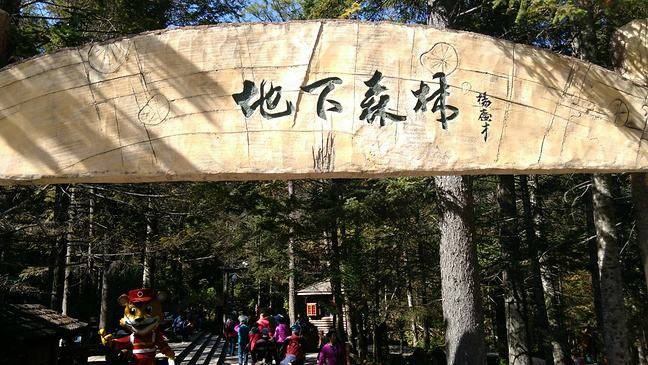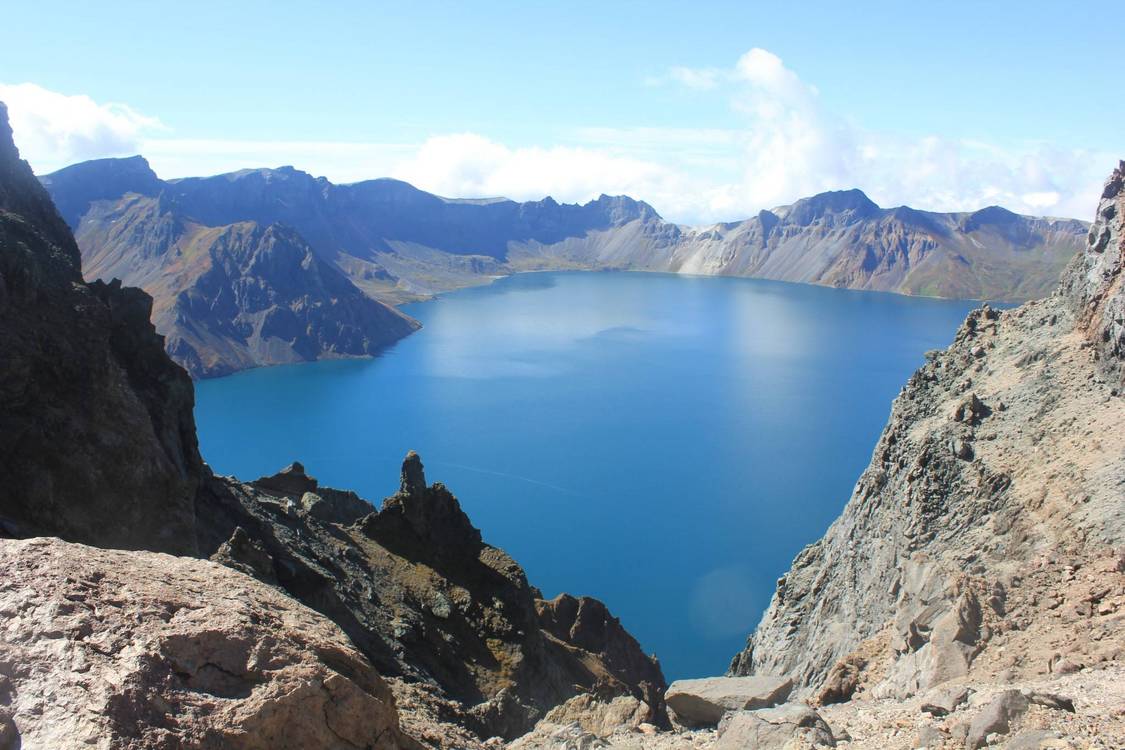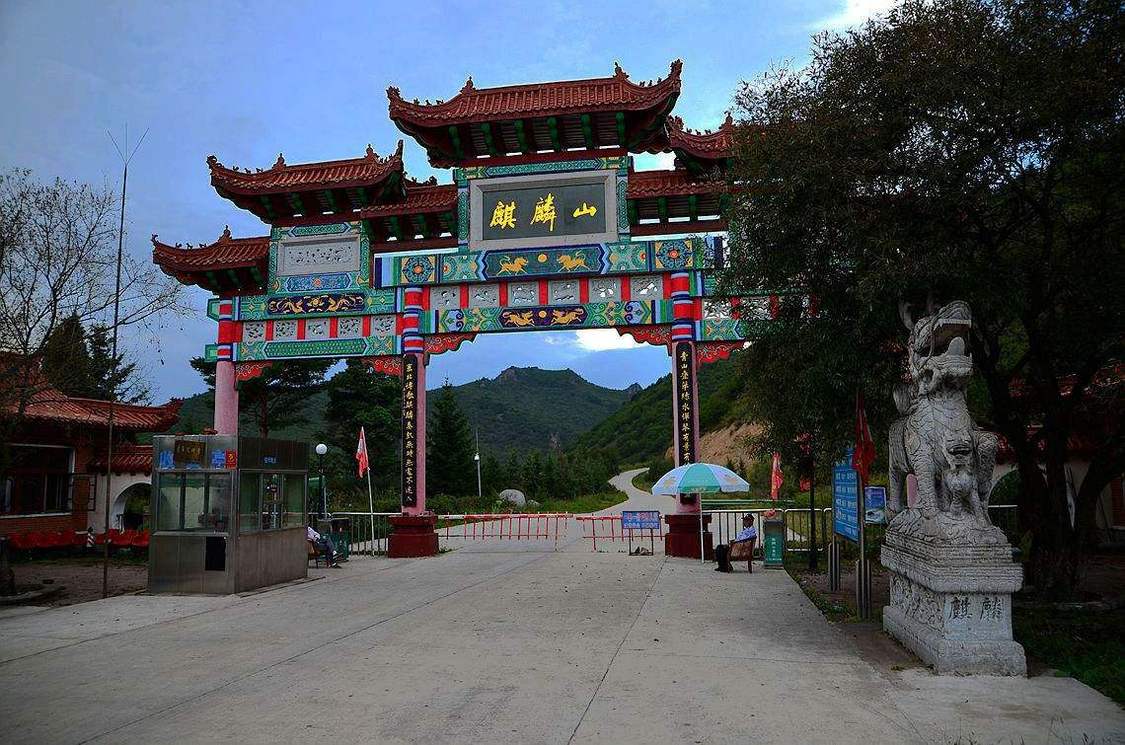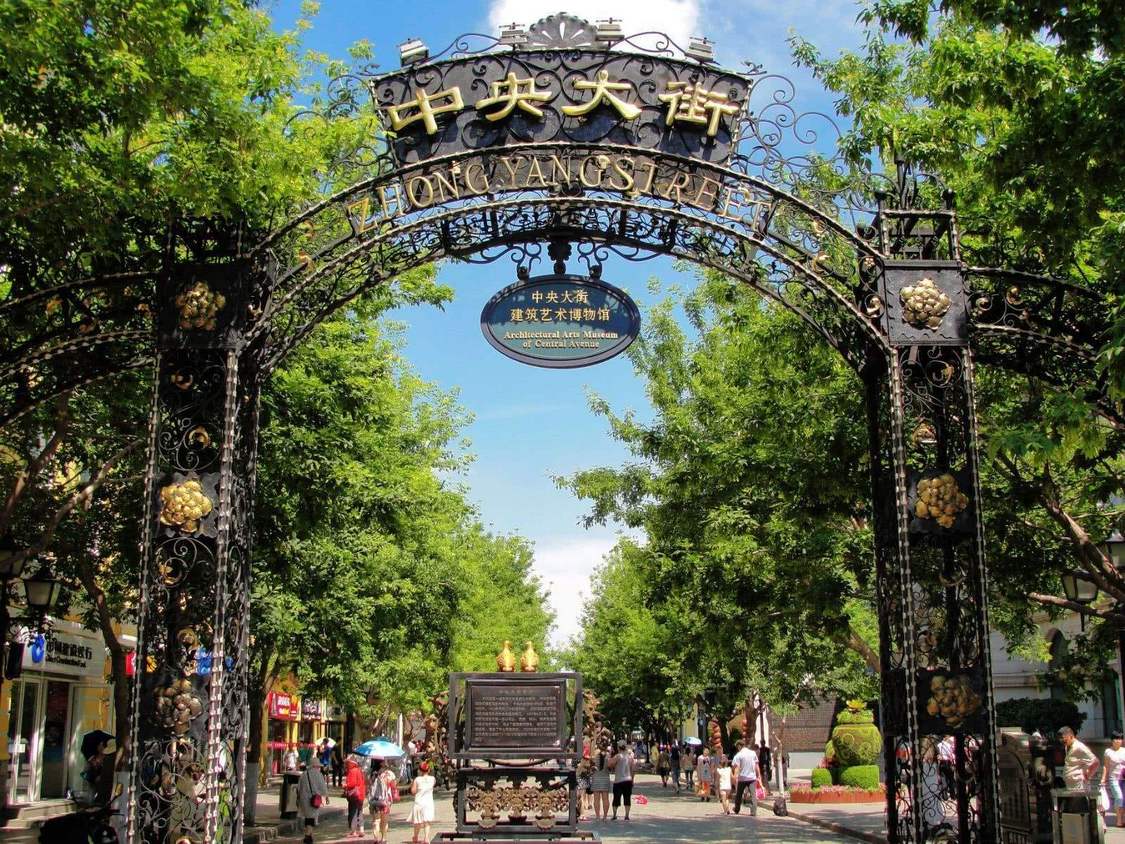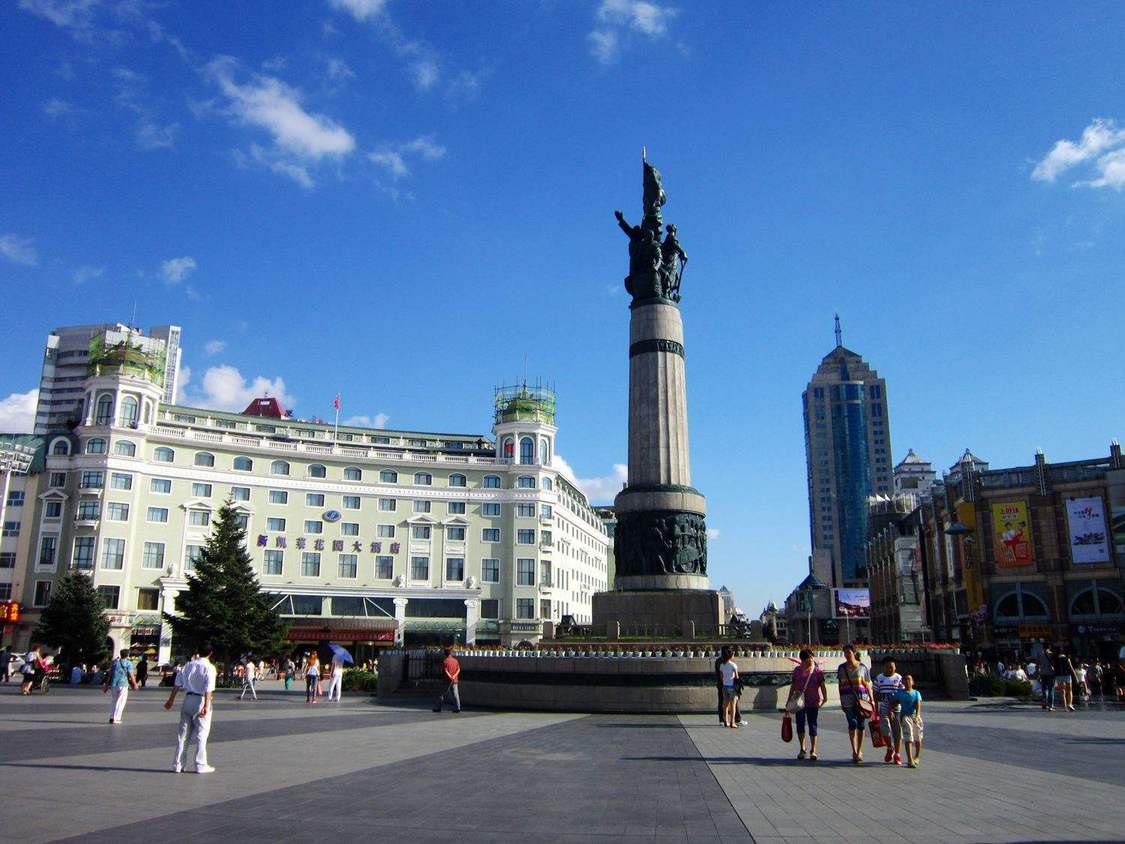Saint Sophia Cathedral
With a rich exotic atmosphere, it has become a unique scenic spot in Harbin; it has weathered many storms and is a historical witness and important relic of the Russian invasion of Northeast China. The scenic area has a modern professional exhibition hall, displaying nearly a thousand beautiful pictures that showcase the history, present, and future of the cultural city of Harbin.
Underground Forest
The forest has a stock volume of 1 million cubic meters and a scenic area of 8965 hectares, including 417 hectares of water surface. It is a natural scenic tourist destination mainly featuring lakes and mountains. It is an ecological park that integrates forest ecological environment, forest health functions, natural landscapes, and cultural landscapes.
Harbin Sun Island
Sun Island Scenic Area is located on the north bank of the Songhua River in Harbin, facing the bustling urban area across the water. It is a famous summer resort in China. Surrounded by clear waters, Sun Island boasts charming scenery and features the rustic, wild, and unadorned natural landscape. It is reputed as 'Northern Scenery Rivals Jiangnan'.
Linhai Qishi National Forest Park
An eco-tourism new area and national geological heritage park composed of cultural and natural landscapes. The scenic area can be divided into eight major areas: natural pastures, snowy pine forests, stream wetlands, ethnic customs, mountain and water sightseeing, Xing'an Stone Forest, autumn pine forests, and flower viewing. Within the area, there are towering peaks and rocks, centuries-old ancient trees and towering pines, peculiar trees and rocks with vivid and lifelike shapes, rich in meaning.
Mohe Beiji Village
Known as the 'Arctic Village of China,' Beiji Village is characterized by its ancient and simple customs, serene and fresh atmosphere, and picturesque scenery. Every summer solstice, tourists flock here to witness the 'Northern Lights' and 'Midnight Sun.' The village has a long and rich history, with relics from the Qing Dynasty and the Japanese occupation period scattered throughout. Notably, Empress Dowager Cixi's 'Rouge Ditch' and the 'Ancient Gold Road' are famous worldwide.
Wudalianchi
A famous volcanic tourist destination in China, known for its unique volcanic scenery, rich and complete volcanic landforms, and the highly effective mineral spring 'Holy Water'. It is a comprehensive natural scenic area that integrates sightseeing, recuperation, and scientific research.
Jingpo Lake
Every summer when the flood season arrives, the waters of Jingpo Lake gather from all directions at the mouth of the pool and then suddenly plunge down, resembling countless galloping white horses, creating a spectacular sight. The roaring and rushing lake water flows over the smooth lava bed and cascades down the fault cliff, forming a large waterfall during the high-water period, with a width of two to three hundred meters and a drop of more than twenty meters. The magnificent scene of floating clouds and piled snow is truly exhilarating to behold.
Harbin Ice and Snow World
Launched grandly by the Harbin municipal government to welcome the millennium celebration of the Shenzhou Century Tour, fully leveraging Harbin's ice and snow advantages, and further utilizing grand gestures to construct a large-scale layout, the unprecedentedly large-scale ice and snow art project—Harbin Songhua River Ice and Snow World—showcases to the world the unique charm of Harbin's ice and snow culture and ice and snow tourism.
Heilongjiang Science and Technology Museum
It has become the largest science education base in Heilongjiang Province, a modern comprehensive science museum with functions such as exhibition education, science and technology training, science and technology exchange, tourism and leisure, and collection and production. The museum popularizes scientific knowledge through edutainment and inspires people's wisdom through interactive participation, allowing every visitor to receive education in modern science and technology knowledge and be imbued with the spirit of science while enjoying their visit.
Wuying is the place where the original Korean pine forest is best preserved among the various forest areas in Yichun. It has Wuying National Forest Park and Fenglin National Korean Pine Nature Reserve. This is the largest, most complete, and most representative distribution center of original Korean pine forests in Asia.
Harbin Acheng Jinyuan Cultural Tourism Area, located 2 kilometers south of Acheng city, is a national key cultural relic protection unit. It was the capital city during the Jin Dynasty from 1115 to 1234 and is the only well-preserved Jin Dynasty capital site to date.
Qilin Mountain
Qilin is located on the west side of Xingnong Town, Jidong County, Heilongjiang Province, about 42 kilometers from the center of Jixi City. Its features include beautiful and charming natural landscapes, unique and novel cultural landscapes, steep peaks, and serene lakes, making it a rare tourist destination.
Northeast Tiger Forest Park is located on the north bank of the Songhua River, covering an area of 1.44 million square meters, adjacent to the Sun Island Scenic Area. The tiger park itself covers an area of 360,000 square meters and was established to rescue and protect the endangered species of the Northeast Tiger.
Harbin Central Street
Central Street is a bustling commercial pedestrian street in Harbin, Heilongjiang Province. It starts from the Flood Control Monument Square by the river in the north and connects to Xinyang Square in the south, stretching 1400 meters. Central Street is a microcosm of Harbin, showcasing the city's unique architectural culture and the European lifestyle of its residents. It is also known as 'Asia's First Street'.
Flood Control Monument
Located on the picturesque southern bank of the Songhua River, in the Jiang'an area of Daoli District, Harbin City, at the end of Central Street Square. It was built in 1958 to commemorate the people of Harbin's victory over the catastrophic flood of 1957 and is a symbol of this heroic city. It was jointly designed by former Soviet designer Bagis Zherebov and the second-generation architect of Harbin Institute of Technology, Li Guangyao. The Harbin People's Flood Control Victory Monument has won the highest honor award in China's construction industry.



